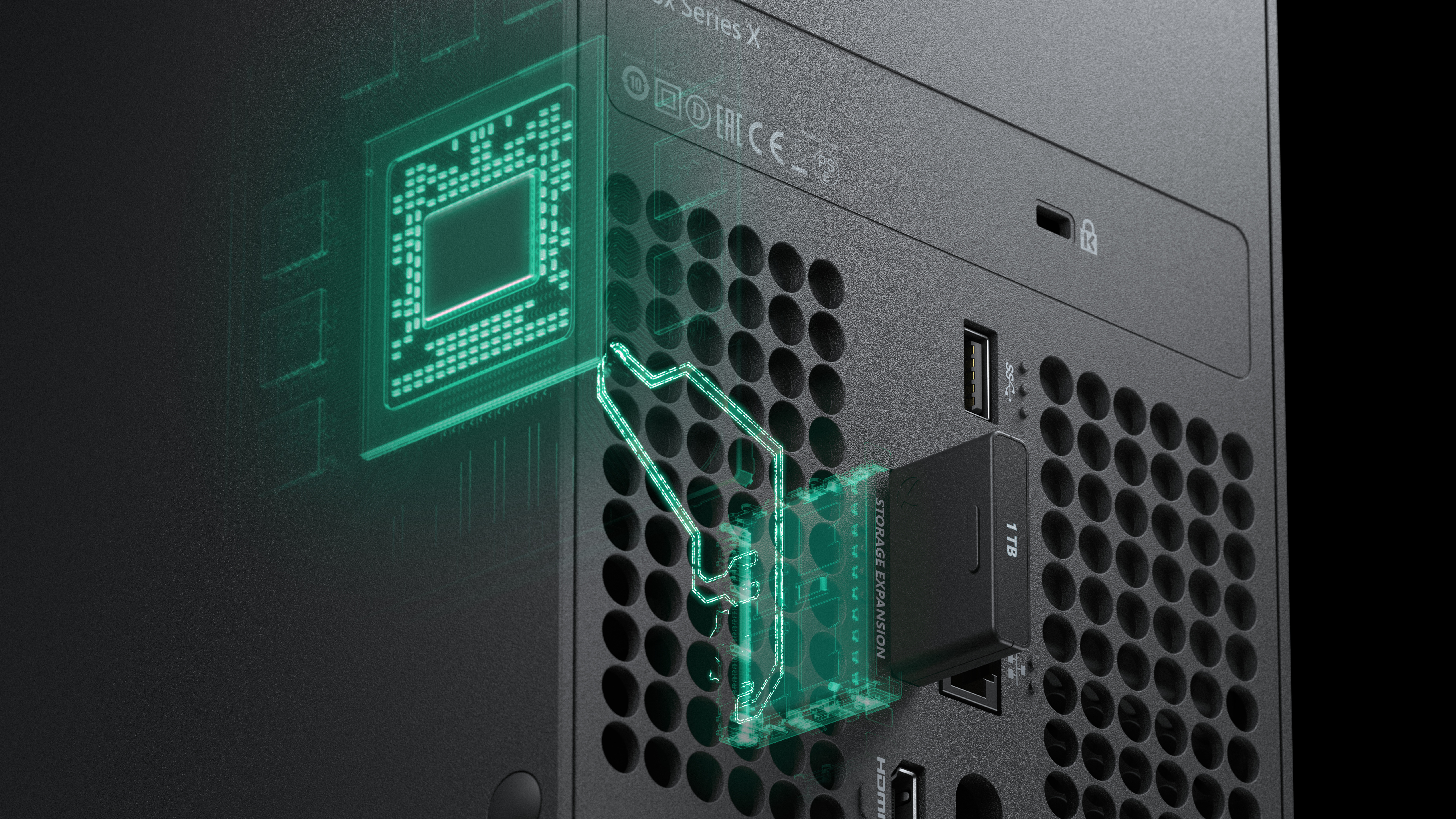Xbox Series X tech will supercharge Windows 10 PCs — here's how
Xbox Series X storage tech is coming to Windows 10

While it may have 12 teraflops of graphics power, one of the best features of the Xbox Series X will be its speedy SSD storage that promises to eliminate game load times. And that feature is coming to Windows 10 PCs.
Microsoft is working on bringing its DirectStorage API to Windows 10 developers, all with the idea that they will have the tools to enable games to better tap into advancements made in SSDs, such as PCIe and NVMe storage, and thus have faster loading times.
- PS5 vs. Xbox Series X: How the consoles stack up
- All the Xbox Series X games we know about so far
- Plus: PS5 release date could be staggered — and it depends on where you live
There’s a lot of technical jargon in Microsoft's blog post on DirectStorage, but in a nutshell the idea is to boost the in-out (IO) interactions between software and fast SSDs. This is something Microsoft has done with the Xbox Series X’s custom NVMe storage and its Velocity Architecture.
Microsoft explained that modern games are very good at breaking down complex data, more so than older games given they have a lot more of it to load. By cutting down games assets like textures into smaller pieces and only loading what’s needed for the current game scene being rendered, modern games use a lot more IO processes than older ones that tended to load up game assets in a few big chunks.
This current approach is more efficient, but needs a lot of IO processes, which Microsoft said can be a problem for PCs at the moment.
“Unfortunately, current storage APIs were not optimized for this high number of IO requests, preventing them from scaling up to these higher NVMe bandwidths creating bottlenecks that limit what games can do,” Microsoft explained. “Even with super-fast PC hardware and an NVMe drive, games using the existing APIs will be unable to fully saturate the IO pipeline leaving precious bandwidth on the table.”
But DirectStorage plans to solve this by, in basic terms, optimizing the flow of data from NVMe storage to the graphics card providing all the game rendering. Doing this will provide more IO and better decompression of assets pulled from an SSD and into a GPU.
Get instant access to breaking news, the hottest reviews, great deals and helpful tips.
“Developers are given an extremely efficient way to submit/handle many orders of magnitude more IO requests than ever before ultimately minimizing the time you wait to get in game, and bringing you larger, more detailed virtual worlds that load in as fast as your game character can move through it,” Microsoft explained.
In short, if you have a Windows 10 PC with NVMe SSD storage, then you could end up getting much faster loading times when it comes to playing future games.
Given Nvidia has just revealed the GeForce RTX 3090, RTX 3080 and RTX 3070,, which all promise to deliver a hike in graphics performance and have better data IO, it’s a good time to be a PC gamer, even in the face of the upcoming PS5 and Xbox Series X.

Roland Moore-Colyer a Managing Editor at Tom’s Guide with a focus on news, features and opinion articles. He often writes about gaming, phones, laptops and other bits of hardware; he’s also got an interest in cars. When not at his desk Roland can be found wandering around London, often with a look of curiosity on his face.
